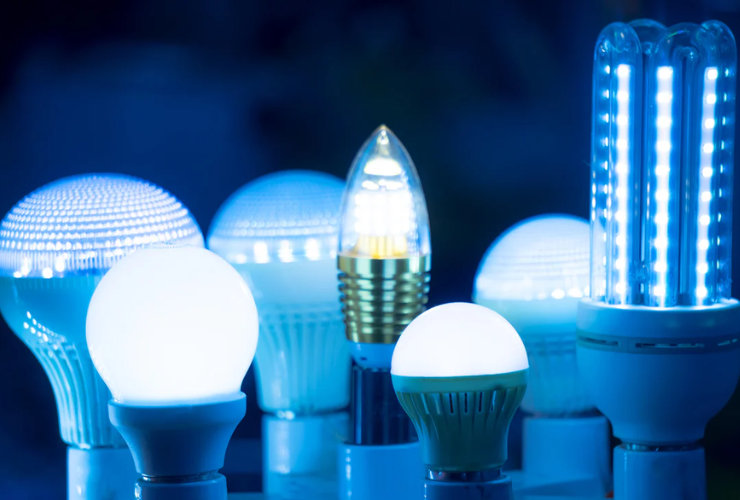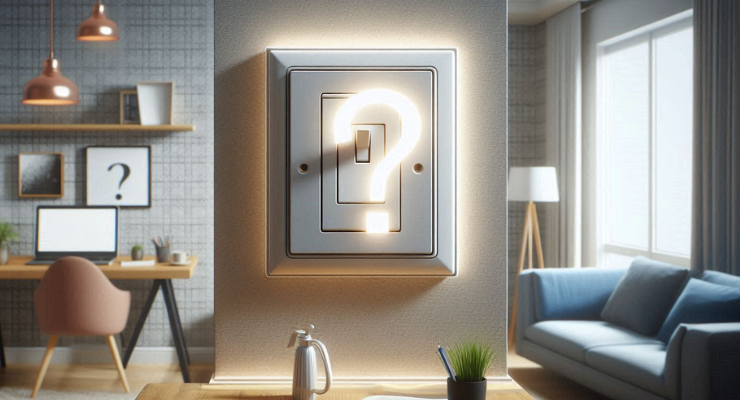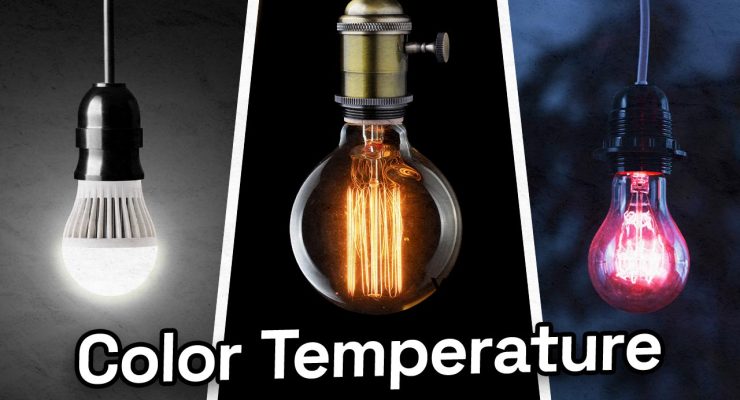Fast read
LED lights have revolutionised lighting with their efficiency and popularity. However, many LED screens and bulbs emit flickering light, which can be harmful. This flickering issue, especially when invisible, can lead to eye strain, headaches, blurred vision, fatigue, and even trigger epileptic seizures.
Prolonged exposure in homes and offices can exacerbate these issues. Awareness of these risks is low, but solutions exist.
Switching to flicker-free lighting solutions can mitigate health concerns and improve overall well-being. Choose products that eliminate flickering lights to keep yourself and your family safe. This will create a safer and healthier lighting environment.
Are Flickering LED Lights Dangerous?
One of the most significant advancements in lighting technology is the LED light. LED lighting has become incredibly popular in our society because of its energy efficiency, long lifespan, and cost-effectiveness. However, many people don’t know that LED screens and light bulbs can emit flickering light that harms our well-being. This article explores the risks of flickering LED lights on health and offers solutions to reduce these dangers.
LED lights flicker when there are rapid changes in the light intensity. This can happen because of several reasons, such as poor quality drivers, which control the power supply to the LED. If the driver is of poor quality, it can cause inconsistent power delivery, leading to flickering.
Another common cause is using incompatible dimmers. Not all dimmers work well with LED lights, and using the wrong type can result in flickering. Additionally, voltage fluctuations in your electrical supply can also cause LED lights to flicker.
What is Flickering Lights?
Flickering light is when the light quickly changes in brightness, and it can happen in different places, like our homes. LED screens, such as those on televisions and computers, as well as LED light bulbs, emit flickering light. Two types of flickering light exist: visible and invisible.
Visible flickering can be detected by the naked eye at frequencies around 100 hertz. However, flickering above 100 hertz is typically invisible to us, though it still impacts our health. Just because we cannot see it does not mean it’s harmless. Invisible flickering light from LED sources can have significant detrimental effects on our well-being.
Is it Dangerous for Your Health?
Flickering light from LED bulbs and screens can cause numerous health issues. Studies have shown that exposure to flickering light can lead to measurable physiological changes. When exposed to flickering light, your eyes must constantly adjust to the changing light levels, straining the eye muscles. Prolonged exposure can result in several symptoms, including:
- Eye strain
- Headaches
- Blurred vision
- Fatigue
- Reduced visual task performance
- Neurological problems
Additionally, flickering light has been linked to triggering epileptic seizures. Despite the evident health risks associated with flickering light, awareness of this issue remains low.

Should You Be Concerned?
Artificial light is ubiquitous in modern life, meaning our eyes are constantly exposed to it. Whether at home, the office, or even in public spaces like malls and supermarkets, flickering LED lights are all around us. The impact of prolonged exposure to these lights can be substantial.
People who spend significant time in office environments often report headaches, eye strain, fatigue, and dizziness. These symptoms could be a result of extended exposure to flickering light from LED screens and lighting fixtures. In certain industrial settings, LED flicker can also lead to performance issues and accidents.
Children are particularly vulnerable to the health hazards of flickering lights. In our tech-centric world, they are exposed to LEDs in schools, homes, and public places. Studying under LED lights with high flicker rates can lead to eyesight problems. Similarly, teenagers and young adults, who spend considerable time on their studies and devices, are at risk.
Clearly, flickering lights should not be taken lightly. Further studies are needed to fully understand their effects on health. In the meantime, it’s essential to take precautions to minimise exposure.
Final Thoughts on Flickering Light Bulbs and LED Screens
Many homes use LED lights, but people may not know about the health risks from invisible flickering. Although we cannot see this flicker, our brains and bodies can still perceive it, leading to various health issues.
Common symptoms associated with flickering lights include headaches, sleep disruption, neurological issues, eye strain, fatigue, and blurred vision. Poor concentration can also result from flickering lights in your environment.
We have researched and designed our products to remove harmful aspects of traditional LED lighting. This promotes optimal health and well-being in your home.
Choose flicker-free lighting products to keep you and your family safe from the potential risks of flickering LED lights. Explore our range of products to find the perfect solutions for a safer, healthier lighting experience.



